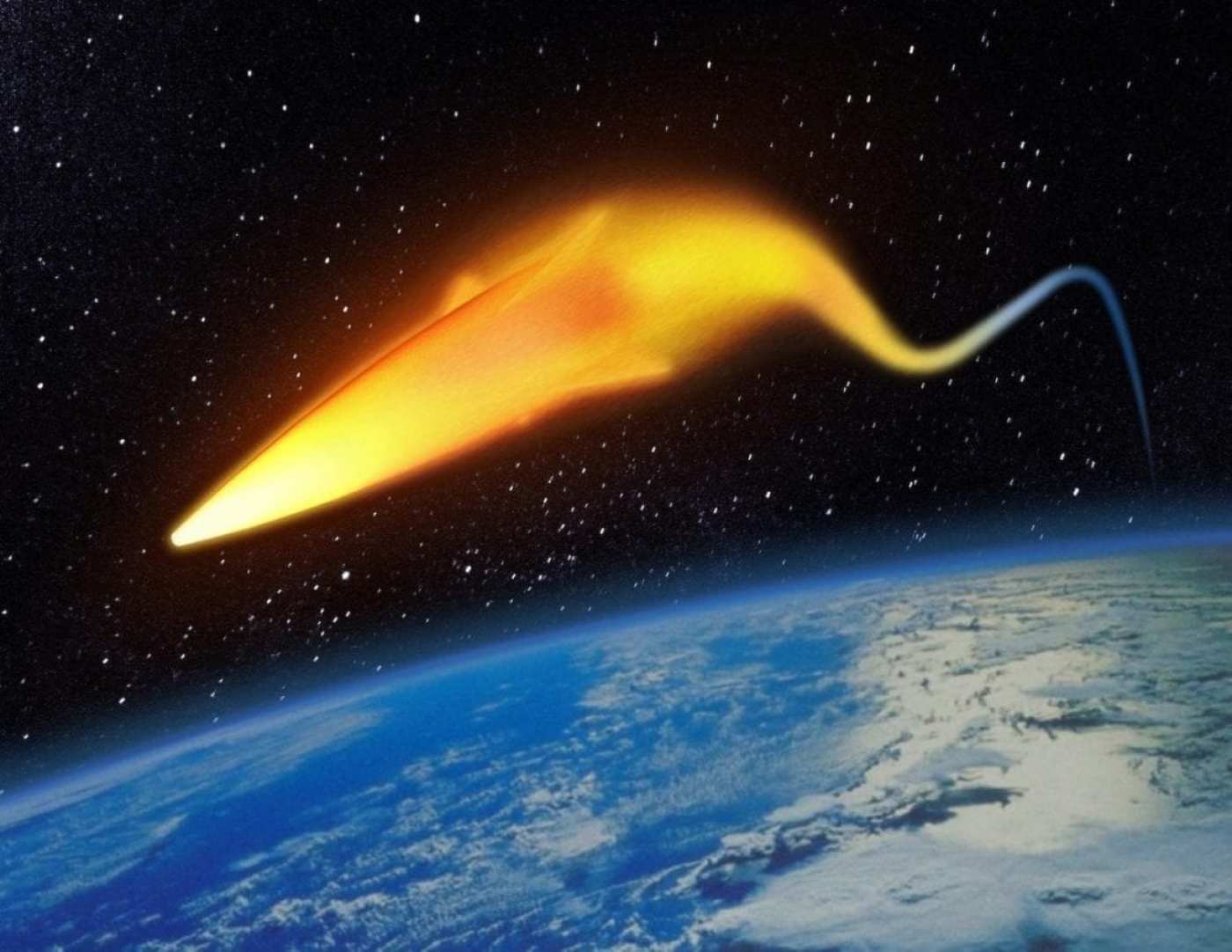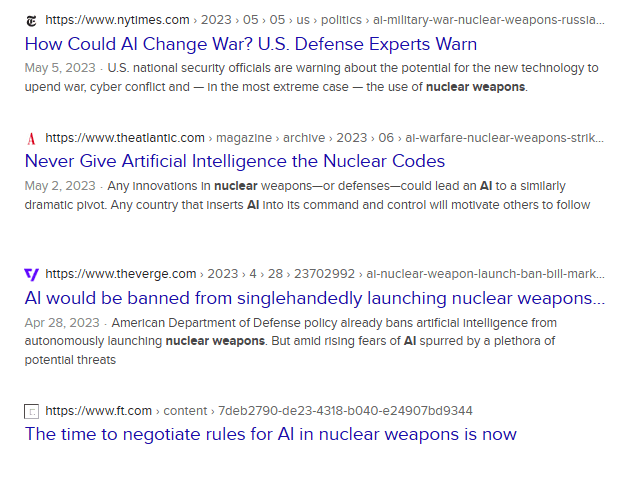‘Modernization’ of U.S. nuclear weapons systems is racing forward, budgets booming, artificial intelligence and gyrations of command & control rolling. Meanwhile in Los Alamos, the ‘birthplace of the Bomb’ and main location of the Academy award-winning film “Oppenheimer”, Bomb-makers are beginning to prep next gen “nuke ’em pits ‘n triggers”
Nuclear Proliferation in the Making…
LANL, a Town and a Mission of Death
Multiplying Pits Mean Multiplying Nukes
StratDem: A Glimpse into Nuclear Arms Race 3.0
Strategic Demands editor has consulted with and reported on the work of the Los Alamos Study Group (LASG) of New Mexico since the 1990s.
Los Alamos Study Group brings deep knowledge and expertise in the field of nuclear weapons and the U.S. Nuclear Weapons Complex — and their newest nuclear weapons Bulletin is an eye opener.
We have taken up their call to point to the latest news on how northern New Mexico is becoming a ‘colony’ of the federal government’s nuclear war plans over the coming decades.
Ever since the ‘peace dividend’ opportunity that accompanied the end of the Soviet Union was lost, the world has witnessed a gradual collapse of nuclear weapons agreements. A series of failed negotiations, including those before the war in Ukraine, have led to a new international nuclear weapons race. The nuclear use threat horizon grows every day as ‘modernization’ of nuclear weapons has led the U.S. and in turn Russia, China, North Korea, Israel and nuclear weapons holding nations, to a rush into next generation nuclear development, threats of use and saber rattling. The sabers of the 21st century are ‘variable yield’ and can end cities, regions and deliver nuclear devastation across all of planet Earth.
A new 21st century race to nuke(s) is here and now.
Witness:
Excerpt from the April 2024 Los Alamos Study Group (LASG) Bulletin
(Los Alamos Study Group) The National Nuclear Security Administration (NNSA) is building a ~$21 billion factory, far costlier than any prior New Mexico project, on a crash basis, at LANL with all its attendant liabilities, to make as many plutonium warhead cores (pits) as possible … for the purposes of increasing the number and the accuracy (aka “the effectiveness”) of deployed U.S. nuclear warheads.
(Reminder: for more background, please see “Plutonium warhead factory under construction near Santa Fe.” …)
This is much more than a local issue — as important as the local impacts are. Without pit production in the coming decade, which is the same thing as saying pit production at LANL, the U.S. cannot even pretend to conduct a nuclear arms race.
With a stream of new LANL pits, NNSA hopes to build “W87-1” warheads starting in the early 2030s, the purpose of which is to add additional warheads to the fleet of “Sentinel” silo-based missiles.
There are already enough modern, accurate, and fairly new warheads to put one warhead on each of the new missiles. That is the way the existing Minuteman missiles are deployed — with one warhead each and that’s the initial plan for Sentinel too, using existing warheads. The pits in these existing warheads are not in any danger of “aging out.”
LANL pit production would allow tripling the number of ICBM warheads deployed, up to three warheads per missile — the better to target both Russia and China. And that’s the plan. (Ed: boldface added)
LANL is the only place that pits for these extra warheads are to be made; making them is LANL’s sole pit manufacturing mission. LANL has other pit missions, but no other pit manufacturing missions.

Strategic Demands Editor: In effect, the Los Alamos ‘Pits ‘n Triggers’ mission makes the area around Santa Fe/Los Alamos a nuclear ‘sacrifice zone’ (with memories of Colorado’s Rocky Flats, now closed due to its radioactive waste toxicity). For decades going forward, if Los Alamos continues on the path it is on, the threat to the local region will be real.
The roll out of next generation nuclear weapons has already precipitated a 21st century nuclear arms race and, with the multiplying effect of next gen nuclear warheads, including those with various yields (so-called more ‘usable’ nuclear weapons) and forward-deployed delivery systems (beyond silo-based missiles), and to be hosted by F35 fighter plane versions stationed in Europe and abutting Russia and in Asia abutting China, all bets, as the saying goes, are off.
Many nuclear experts are warning these times are more dangerous than even the dangers and close-calls at the height of the Cold War.

Nuclear ‘Modernization’ Pushes International Nuclear Weapons Proliferation
When nuclear weapons treaties are falling like dominoes, and the advent of artificial intelligence systems are sweeping through the Military-Industrial-Complex, where are the efforts to prevent machine- and software-controlled nuclear launch. Where are those who should be, but aren’t racing to prevent artificial intelligence (AI) entering the nuclear launch chains of command of the U.S. — and Russian and Chinese and other military systems?
The consequences, the deep costs of war, are escalating every minute, every hour, every day…

References:
https://www.cfr.org/article/pairing-ai-and-nukes-will-lead-our-autonomous-doomsday
https://www.nti.org/analysis/articles/assessing-and-managing-the-benefits-and-risks-of-artificial-intelligence-in-nuclear-weapon-systems/
https://www.nytimes.com/2023/05/05/us/politics/ai-military-war-nuclear-weapons-russia-china.html
https://www.theatlantic.com/technology/archive/2021/09/i-weapons-are-third-revolution-warfare/620013/
https://thebulletin.org/premium/2023-09/ai-and-atoms-how-artificial-intelligence-is-revolutionizing-nuclear-material/
https://www.vox.com/future-perfect/2023/6/29/23762219/ai-artificial-intelligence-new-nuclear-weapons-future
Ω
U.S. Nuclear Costs, Projections Continue to Rise
April 2024
Via Arms Control | https://www.armscontrol.org/50years
* https://www.armscontrol.org/act/2024-04/news/us-nuclear-costs-projections-continue-rise
* https://www.armscontrol.org/aca/2083
The Biden administration’s $850 billion defense budget request for fiscal year 2025 would increase spending for Defense Department nuclear weapons programs by 31 percent over the current year and projects sharply rising future costs for some key nuclear modernization programs.
An artist’s rendering of a future U.S. Navy Columbia-class ballistic missile submarine, which will replace the Ohio-class submarines that are nearing the end of their service life. The new ships are part of a major U.S. nuclear weapons modernization program. (Photo courtesy of the U.S. Navy)
The request for National Nuclear Security Administration (NNSA) weapons-related activities is 4 percent higher than appropriated by Congress for fiscal year 2024. In all, the budget request, unveiled on March 11, calls for $69 billion for nuclear weapons operations, sustainment, and modernization, including $49 billion for Pentagon programs and the rest for the NNSA. The combined budgets would be 22 percent higher than last year.
Three key nuclear rearmament programs are driving increasing costs. The funding request for the new Sentinel intercontinental ballistic missile (ICBM) system foresees lifetime research and development (R&D) and procurement costs that are 44 percent higher than anticipated in the 2024 budget request. The Columbia-class nuclear-powered ballistic missile submarine program will consume 30 percent of the Navy’s $32 billion shipbuilding budget under the administration’s spending plan for 2025, up from 17 percent in the budget authorized by Congress for 2024.
Meanwhile, the cost of producing plutonium pits at the 80-unit-per-year rate mandated by Congress is projected to rise to more than $4 billion per year from fiscal years 2027 to 2029…
Spending on the W80-4 (nuclear) warhead for the LRSO system would increase from $1 billion to $1.2 billion…
The budget also seeks $743 million for development of a new W93 submarine-launched ballistic missile warhead and its aeroshell, an increase above the $516 million that was appropriated by Congress in fiscal 2024…
In a January 2023 report, the Government Accountability Office (GAO) assessed that the NNSA had not developed a comprehensive schedule or cost estimate for the plutonium modernization program that met GAO best practices. The GAO found activities and milestones missing from the NNSA schedule and flagged a likelihood of disruption and delay…
(T)he Long-Range Hypersonic Weapon, would receive $538 million in R&D funding and an additional $744 million for procurement under the proposed budget… the Biden administration increased its R&D request for.. the Hypersonic Attack Cruise Missile. That program would receive $517 million in 2025, according to the budget proposal, up from $343 million appropriated by Congress for 2024.
Ω



